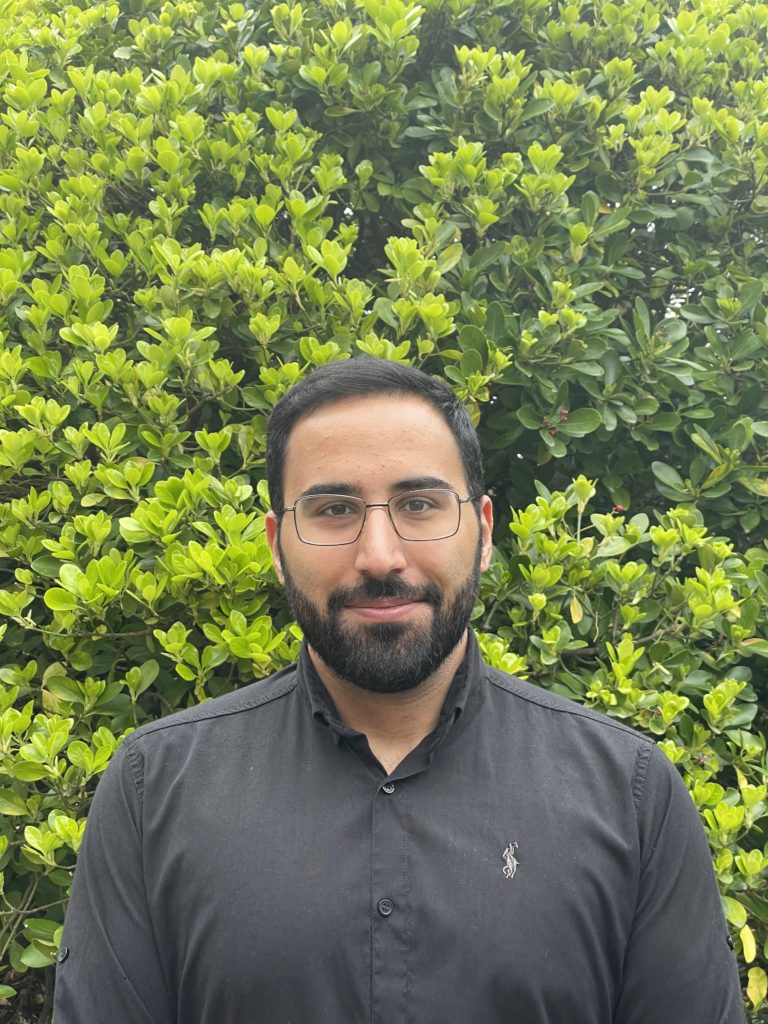ESR project 8
Towards a new conception of the social brain: implications for autism and schizophrenia
Host Institution: Aix-Marseille University
Department that hosts the PhD: Institute of Systems Neuroscience – INS
Supervisors involved: Dr. Boussaoud, Prof. dr. Jirsa, Dr. Zaal
Project description
Social communication and interactions require awareness of social presence. The discovery of social neurons (Demolliens et al., 2017), led to the hypothesis that optimal performance of a given task, including non-social tasks, requires the recruitment of appropriate neurons not only based on task features, but also on the social context. Our hypothesis is that a ubiquitous neuronal mechanism (the social neurons system, or SNS), allows social presence to modulate the processing of sensory, motor, affective and cognitive signals across the whole brain. Such a putative mechanism explains the neuronal bases of Autism Spectrum Disorder (ASD) and Schizophrenia (SCZ). Within this hypothesis, ASD would emerge as a neurodevelopmental problem leading to a hypo-functioning SNS, thus leading to impaired awareness of others’ presence. By contrast, SCZ would be the opposite situation, where the SNS would be hyper-functioning. Here, patients would rather experience an exacerbated feeling of social presence, sometimes even in the absence of others. A hyper-functioning SNS could explain phenomena such as social phobias and hallucinations in SCZ patients. The proposed ESR project has three aims: (1) Build a computational model of a “social neurons system” inspired from the neuronal properties described by Demolliens et al. (2017). This model will be used to simulate social behaviour in ASD and SCZ, and to make predictions on patients’ behavioural performance on the “doubles-pong” task. (2) Measure the behavioral performance of ASD and SCZ patients on the doubles-pong task, compared with control subjects, to test the model’s predictions. (3) Contribute to the development of an artificial agent to be used for rehabilitation of ASD and SCZ patients.
Doubles pong (task employed in Projects 5,6, 7 and 8)
In the doubles-pong task, two individuals have to coordinate their actions in such a way that one of them intercepts an approaching virtual ball. Each player controls a separate paddle that moves along the bottom of a shared computer screen. The ball that falls under an angle from the top of the screen needs to be intercepted by one of the paddles, without the two paddles colliding. Previous research has suggested that the division of interception space by the two players emerges from their interactions rather than being fixed a priori. In the cases that a ball is directed in between the two individuals’ starting positions, both start moving and one player subsequently abandons this movement, presumably when (s)he sees that the other is on an interception course.

About ESR8-Amirhossein Esmaeili
I was born in Tehran, Iran, and I’m currently doing my doctoral studies in Aix-Marseille University in Marseille.
My initial interest in computational neuroscience was sparked when I learned about the concept of the brain as an efficient estimator of environmental stimuli during my undergraduate studies in Cell & Molecular Biology. This fascination was further bolstered during my MSc in Cognitive Sciences at the Higher School of Economics in Moscow, where I learned about the importance of homeostatic excitation/inhibition balance in simulated cellular and network models.
One of my biggest passions is going to concerts with friends (mostly rock/metal). Few things beat their level of energy and comradery for me. But I equally enjoy learning the electric guitar, going on hikes in nature, or just reading a book.